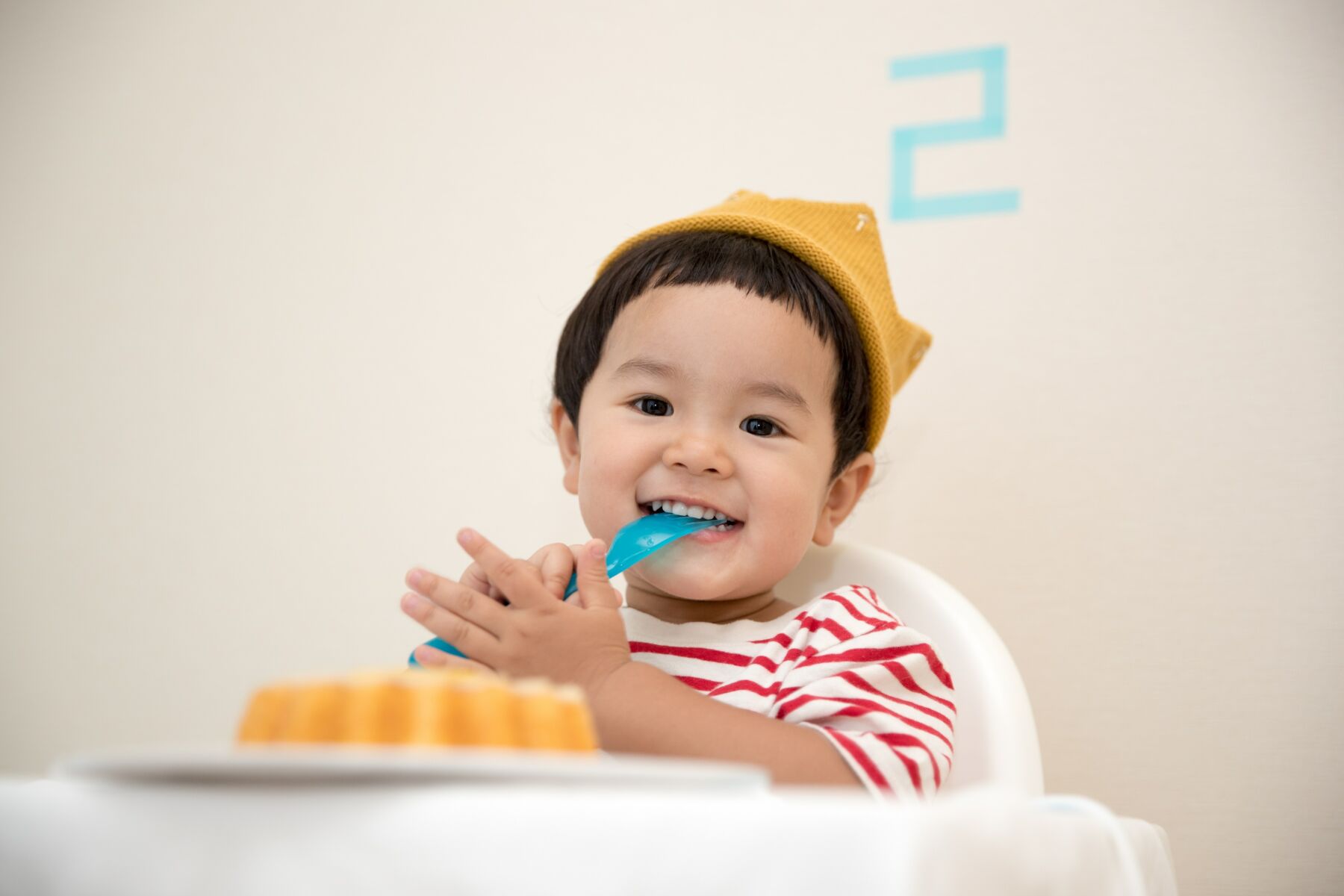China’s shrinking birth rate impacts baby product manufacturers

A decline in China’s population is creating a challenging environment for the country’s baby and children’s product manufacturers, as domestic sales plummet and companies grapple with finding alternative revenue streams. As the world’s largest market for baby food and diapers, valued at US$37.9 billion annually, prepares to contract for the first time, firms are turning their attention to products for adults and exploring overseas markets like Southeast Asia and India, where younger population demographics exist.
Hong Kong-based Health and Happiness (H&H), a company that generates around half of its revenue from baby products, experienced a 12% drop in sales of its Dodie diaper brand in mainland China during the previous year. In response, H&H has focused on global expansion and diversification, seeing a 12.5% increase in worldwide revenue for its adult nutrition division, which includes the Swisse-branded vitamins and supplements.
Analysts expect the decline in China’s birth rate to continue, as young adults opt to have fewer, if any, children because of the high costs related to raising them, particularly in the education sector. This situation is expected to impact non-diversified baby product manufacturers, with estimates indicating a 15-20% decrease in China’s children’s goods and services market, worth around US$500 billion, over the next five years.
Manufacturers such as Hengan International Group Company are addressing this issue by investing further in adult care products. After experiencing a 1.4% drop in overall diaper sales last year, Hengan’s ElderJoy diaper brand aimed to capitalise on China’s ageing population by expanding in the domestic market and Southeast Asia.
Infant milk formula manufacturers have been significantly affected by China’s changing demographics, with companies such as Feihe, Yashili, and Ausnutria reporting revenue drops between 6.4% and 15.7% in the last year. These three businesses are also diversifying their product portfolios, targeting sectors like milk powder for older individuals and even children aged three to 15.
As China’s demographic trends impact the children’s clothing market as well, companies like Shanghai-based natunakids need to adapt by introducing “matching parent-child outfits” and creating adult versions of their kids’ clothing products. These adaptations demonstrate manufacturers’ ability to think creatively and pivot as they face a precarious future due to the country’s declining birth rate, reports Channel News Asia.
Latest Thailand News
Follow The Thaiger on Google News:


























